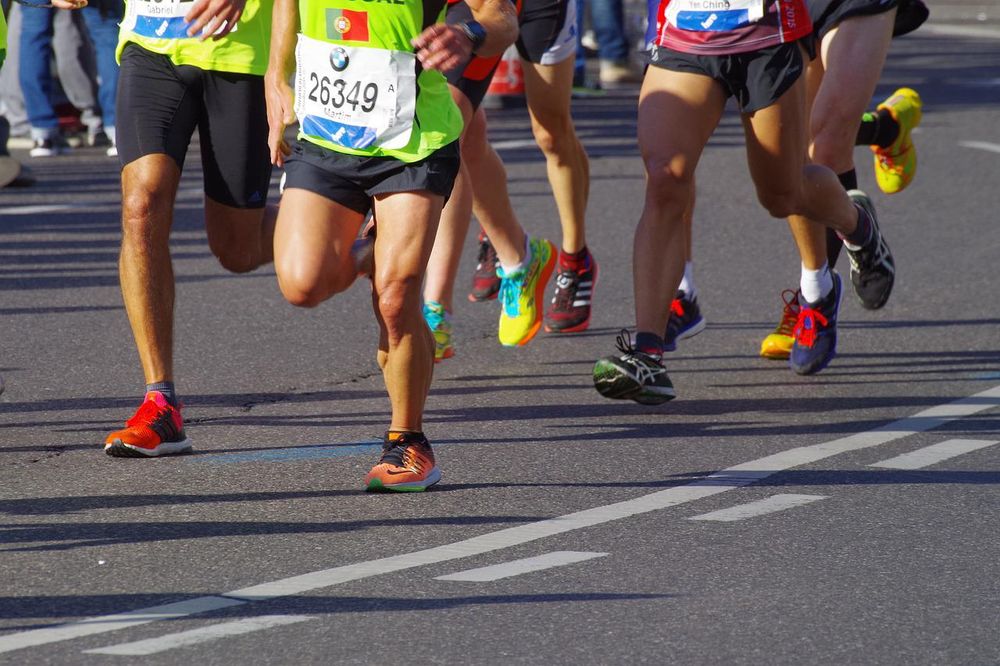
Keto diet - fats leading to fit?
Ask any expert out there about what constitutes the making of a good athletic body and one of the most consistent answers you are bound to receive is what one consumes. Diet forms a major part of sculpting the body along with physical training routine that you follow. For most people, things can be kept fairly simple by following a balanced diet but with the growing social media influence, various kinds of diets have come up which can possibly help you attain your goal. But one needs to understand a diet or training regime instead of following it blindly and we would like to break down one such diet that is more than popular these days – ketogenic.
Ketogenic diet is a fat-forward diet where 70-80% of your calorie intake comes from fats, low amount of protein which forms up 10-20% of your calories and even lower carbohydrates which make up about 5-10% of the remaining calories. Common foods that slide their way in the ketogenic diet are fish, meat, eggs, dairy, oils and green veggies. Apparently, this diet was brought into existence in order to prevent seizures to pediatric patients suffering from epilepsy.
Importance of carbohydrates
Keto basically eliminates an entire dimension from your diet which is carbohydrates. Naturally, one needs to understand if it makes sense to get rid of certain kinds of food and what are the repercussions of it. To understand this better, we need to know the significance of carbohydrates and the role it plays. Our brain requires up to 130g of carbohydrates on a daily basis for its normal functioning. So, your carbohydrate consumption needs go up as you scale up your physical activity levels. Human body uses glycogen stores(carbohydrates that you eat are ultimately converted to glycogens)when you are doing any form of high-intensity activity or at any point of time when you put your body through physical exertion.
While exercising at intensities greater than approximately 60% maximal oxygen consumption(which is commonly referred as VO2max), blood glucose and muscle glycogen are the primary fuels that are oxidized to produce ATP(adenosine triphosphate)required to sustain your body through the activity. More fast-twitch motor units are recruited as the intensity increases, leading to increased reliance on carbohydrates as the predominant source of fuel.
Source: https://academic.oup.com/nutritionreviews/article/76/4/243/4851715)
<Can add more general points here on why carbs are important>
Body Fueling
The cells of our body are fueled by ATP. While we walk, read or watch movies, we continue to use ATP. ATPs are generated through 3 different pathways:
- Through aerobic method that uses fatty acids - most of the ATP you use throughout the day is created this way. When you breathe, oxidation turns fatty acids into ATP. Oxidation occurs within your cells’ mitochondria and this is an essential method that drives Zone 2 running.
- Through a non-aerobic method that uses glucose (glycolysis) – while performing intense exercises like sprinting or lifting weights, your body switches from oxidizing fatty cells for ATP production to burning glycogen/carbs to replenish ATP stores. Taking place in cells’ cytosol, glycolysis produces large amounts of ATP, but not as much as oxidation.
- Recycling of previously stored ATP - When ATP transfers energy to cells, it breaks off one of its phosphates and becomes ADP(adenosine diphosphate). Creatine then comes along and joins with ADP turning it back into ATP to once again be utilised as energy.
Human body’s functionality depends on a mixture of all these sources of energy generation and adapts to a particular path depending upon the situation. When you are doing any activity at low intensity, you mainly rely on fat as fuel. As the intensity goes up your body prefers to use carbohydrates over fat. For example, you are probably using glycogen reserves as a source when running at 14-15km/h.
Challenges and risks associated with Keto
Potential risks of keto diet are a dip in performance and increased chances of sustaining injuries. Abundant research has been done validating this claim
- Source: 91 Burke LM , Ross ML, Garvican-Lewis LAet al. , Low carbohydrate, high fat diet impairs exercise economy and negates the performance benefit from intensified training in elite race walkers. J Physiol.2017;595:2785–2807.http://dx.doi.org/10.1113/JP273230
- Source:https://www.tandfonline.com/doi/full/10.1186/s12970-021-00422-8
Add to that the shift over to following a keto diet brings with it more than a few challenges
- Unsustainable diet since it is extremely difficult to survive on 5-10% carbs daily
- Lack of legumes, fruits and grains in the diet can cause nutritional deficiencies
- Unless you are measuring ketones in your body, there is no certain way to know if your body is in ketosis
- Numerous studies have linked a high-fat diet to increased body cholesterol over time
- Your blood glucose levels could drop significantly if you train harder and longer distances without refueling your body with carbohydrates
Conclusion
- Ketogenic diet does help people in body recompositioning but that is true for any diet that puts you in a calorie deficit
- Training your body to adapt to fat-rich diet takes a while and involves working out at very low intensity. Runners who can actually benefit from fat adaptation are ultra-runners who use up their fat stores around the 45-50km mark but if you plan on running at higher intensity then carbs are your best bet
Most importantly, before going on a diet, work with an expert to understand your body needs and if a particular diet is the right one for you which and your fitness goals.
For more updates log on to www.healthywithhema.com
Edited by Arjun Kalia
Suggested Reads
More stories you might enjoy

Top 5 Marathon Events in India
Read about the top 5 marathons events in India, their routes, accolades, history and many more details.

Conquering the Impossible: My Journey of Running 10,000km in 119 Days
Vishak Krishnaswamy, the unstoppable ultra-runner from India, embarks on an extraordinary quest: running 10,000km in just 119 days.

An inspirational tale of the unstoppable runner! - Vishak Krishnaswamy
With true passion and dedication, Vishak Krishnaswamy runs the heights of distance and consecutive 62 days of Marathon distance!



